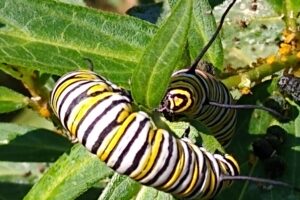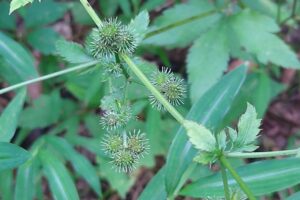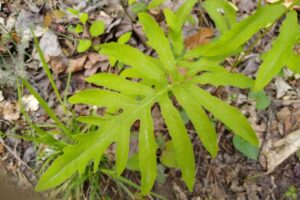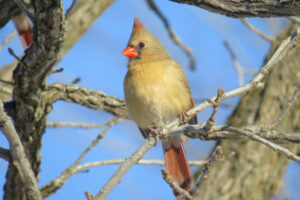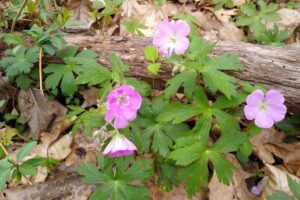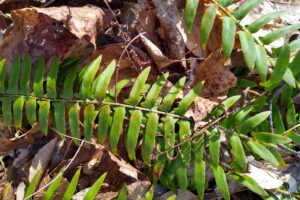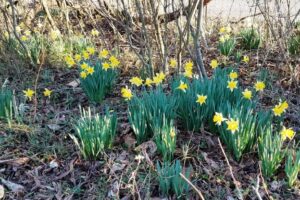Field Notes: Fruits of Fall
October 13, 2020 - By Ellen Powell, VDOF Conservation Education Coordinator With the autumn foliage season getting underway, it’s easy to miss a key feature of Virginia’s fall landscape: fruits. First, a disclaimer: Don’t eat wild fruits unless you can identify them positively and know they are safe. Many can be eaten by wildlife, but are toxic or even deadly to humans. In wildlife circles, fleshy or squishy fruit eaten by critters is known... Read More


